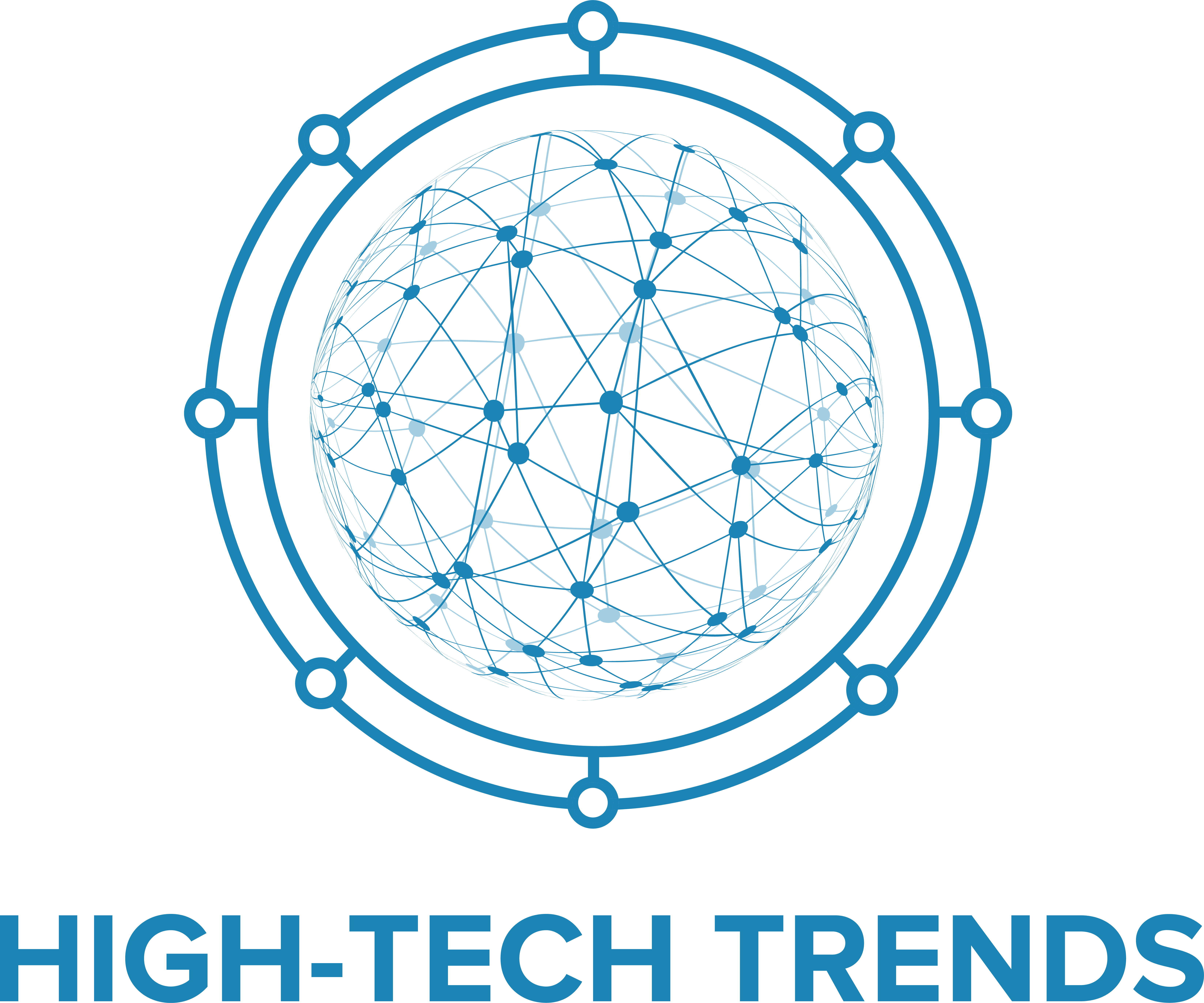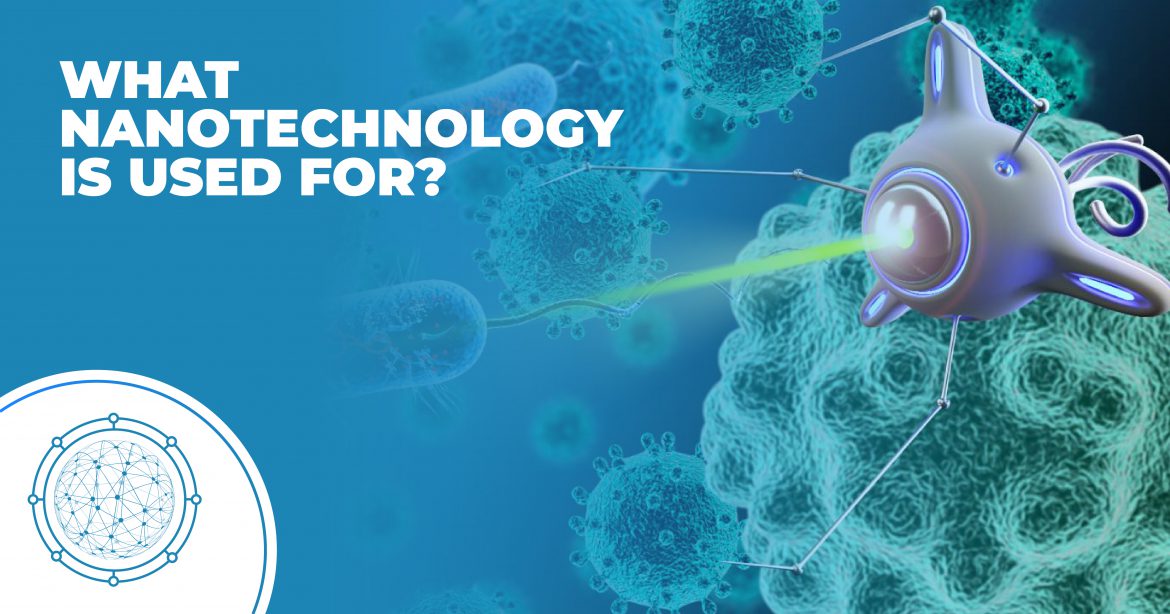Table of Contents
What Nanotechnology is used for? 2023
Nanotechnology, which involves reducing particles in industrial and manufacturing processes to a billionth of a meter in size, is changing how we live and work every day, beginning with the food we eat, the cars we drive, and the medicines we make. The answer to “What Nanotechnology is used for?” is that Nanotechnology is used in many industries and aims to revolutionize industries with medicine, vaccines, food protection, environmental science, oil, information technology, homeland security, and transportation, following several years of basic nanoscience research and based R&D under the National Nanotechnology Initiative (NNI).
What are the various uses of nanotechnology?
What nanotechnology is used for? Nanotechnology and nanomaterials are helpful in a wide range of industries. They are most commonly found in the following areas:
Electronics
Carbon nanotubes are on the verge of displacing silicon as a substrate for microchips and devices that are smaller, faster, and more effective, as well as quantum nanowires that are lighter, more conductive, and stronger. The properties of graphene make it an excellent candidate for developing flexible touchscreens.
Solar Panels
Solar panels with double the amount of sunlight converted to electricity are now possible thanks to a new semiconductor invented by Kyoto University. Nanotechnology also reduces costs, creates stronger and lighter wind turbines, increases fuel efficiency, and can save energy due to the thermal insulation of certain nanocomponents.
Treatments
Some nanomaterials have properties that make them suitable for improving the early diagnosis and treatment of neurodegenerative and cancer diseases. They can target cancer cells only, causing no damage to healthy cells. Some nanoparticles have also been used to improve pharmaceuticals like sunscreen.
Eco-Friendly uses
Its environmentally friendly applications include ion air purification, nanobubble wastewater purification, and heavy metal nanofiltration systems. Chemical reactions may also benefit from nano catalysts, which are more effective and less polluting.
What are the benefits of using nanotechnology?
There are numerous benefits of using nanotechnology if someone asks you what nanotechnology is used for? Engineered nanomaterials are being produced for solar energy capture and battery storage, water purification, food processing, environmental sensors and remediation, greener innovation and production processes, and nanotechnology offer many potential benefits for the health atmosphere. Highly effective, low-energy lighting sources and intelligent clothing with a layer of piezoelectric crystals in nanomaterials for powering the wearer’s electronic devices are two examples of the latter.
Nanomedicine has advanced rapidly, from specialized drug delivery applications using liposomes to nanoshells and transdermal patches and the creation of biocompatible nanomaterial prosthetic implants. Nanotechnology is now being used to create internet-connected point-of-care medical devices. Invasive cranial sensing electrodes made of conventional cytotoxic metals are being replaced by more biocompatible surface transistors that can also be coupled with a dosing device, thanks to developments in nano bionics. For example, invasive cranial sensing electrodes made of traditional cytotoxic metals are being substituted by more biocompatible surface transistors that can also be combined with a dosing device.
Nano biosensors could detect pathogens in food, and nanocomposites could increase food production by increasing mechanical and thermal resistance while reducing oxygen transfer in packaged goods.
Nanotechnology also enables the creation of stain- and innovative wrinkle-resistant fabrics and more substantial, lighter, and more robust materials for motorcycle helmets and sports equipment.
What products are made from nanotechnology?
What nanotechnology is used for? You might be shocked to learn how many products already on the market profit from nanotechnology.
Self-cleaning glass
Self-cleaning glass – Pilkington sells a device called Activ Glass that uses nanoparticles to make the glass photocatalytic and hydrophilic. As UV radiation from light strikes a piece of glass, nanoparticles become energized and begin to break down and loosen organic molecules on the surface (in other words, dirt). When water comes into contact with the bottle, it spills uniformly over the surface, making it easier to wipe clean.
Clothing
Clothing – Scientists are using nanoparticles to improve clothing. Manufacturers can produce clothing that provides improved UV protection by covering garments with a thin layer of zinc oxide nanoparticles.
In textiles, what nanotechnology is used for? well, Nanoparticles of silica may aid in creating fabrics that repel water and other liquids. Silica may be woven into the fabric’s weave or sprayed onto the fabric’s surface to make a waterproof or stainproof coating. If you’ve ever noticed how liquid forms tiny beads on waterproof clothing – beads that roll off the fabric instead of being absorbed – that’s thanks to nanotechnology.
Engineers found that incorporating aluminum silicate nanoparticles into scratch-resistant polymer coatings improved the coatings’ effectiveness, increasing chipping and scratch resistance. Scratch-resistant coatings are used on a wide range of products, including automobiles and eyeglass lenses.
Antibacterial bandages
Antibacterial bandages – Using silver nanoparticles, scientist Robert Burrell devised a method for producing antibacterial bandages. Microbes’ cellular respiration is inhibited by silver ions [source: Burnsurgery.org]. In other sentences, silver suffocates and kills unhealthy cells.
How is nanotechnology being used today?
“What nanotechnology is used for?” Nanotechnology is being used widely in almost every field. In terms of industry, healthcare is the most committed adopter. Recent energy applications, especially in the solar sector, have piqued corporate interest in nanotechnology. In addition, as smart cities become more authentic, nanotechnology could be able to solve data problems.
Sustainability, medicine, and robotics
Furthermore, nanotechnology is now assisting in the development of more natural ecosystems. Nanotechnology has progressed beyond science fiction to become a viable business opportunity for almost every industry.
Nanotechnology innovation will continue to revolutionize how scientists study and create new materials at the molecular level as it develops. According to researchers, nanotechnology-based products are expected to accelerate advances in sustainability, medicine, and robotics in the future. Nanotechnology research, for example, can be used to develop drugs that target specific cells in the body or materials that can be used to grow artificial organs. With technologies like molecular water filtration and self-cleaning fabrics, nanotechnology can also increase biodiversity and access to natural resources. You can find some of the Top biopharmaceutical companies, use nanotechnology.
Second, nanotech catalysts that remove carbon dioxide from the air and reconfigure it into chemicals used in industry can clean up air pollutants, including greenhouse gases. Christian Schafmeister of Temple University is carrying out this research.
More nanotechnology applications are expected to result in new employment and quicker, more productive manufacturing processes, both of which would lead to substantial economic development.
How is nanotechnology used in everyday life?
Nanotechnology is used in everyday items we use. While nanotechnology may seem to be a future technology, it is still used in many simple things. Take a look at these popular items:
Sunscreen
For years, nanoparticles have been used to improve the effectiveness of sunscreens. Titanium dioxide and zinc oxide are two types of nanoparticles that are widely used in sunscreen. These tiny particles are not only effective at blocking UV radiation, but they also feel lighter on the skin, which is why modern sunscreens aren’t as heavy and gloopy as the ones we used as kids.
Home furnishings
Upholstered furniture can be rendered durable and stainproof using nanotechnology in the same way as clothes can. Even better, nanotechnology is assisting in the creation of furniture that is less flammable; manufacturers can minimize flammability by up to 35% by coating upholstered furniture foam with carbon nanofibers.
Adhesives
Adhesives may also benefit from nanotechnology. Surprisingly, most glues lose their stickiness at high temperatures, but a solid “nano-glue” not only withstands but strengthens as the surrounding temperature rises.
Car paintwork coatings
We all know how damaging bird droppings can be to a car’s paintwork. To combat this, Nano repel has developed a high-performance nanocoating that can be applied to your car’s paintwork to shield it from bird feces. Coatings to protect car upholstery from stains and spills are also produced by the firm.
If someone is looking for an answer to a question i.e. what nanotechnology is used for? Well, this whole article has the perfect answer to it.
Did you find interesting our article about “What nanotechnology is used for?”
If you found interesting our article about what “What nanotechnology is used for?”, you may be interested in other uses of Health Technology.
Top Trends in High Tech Medical
Artificial Intelligence in Healthcare





